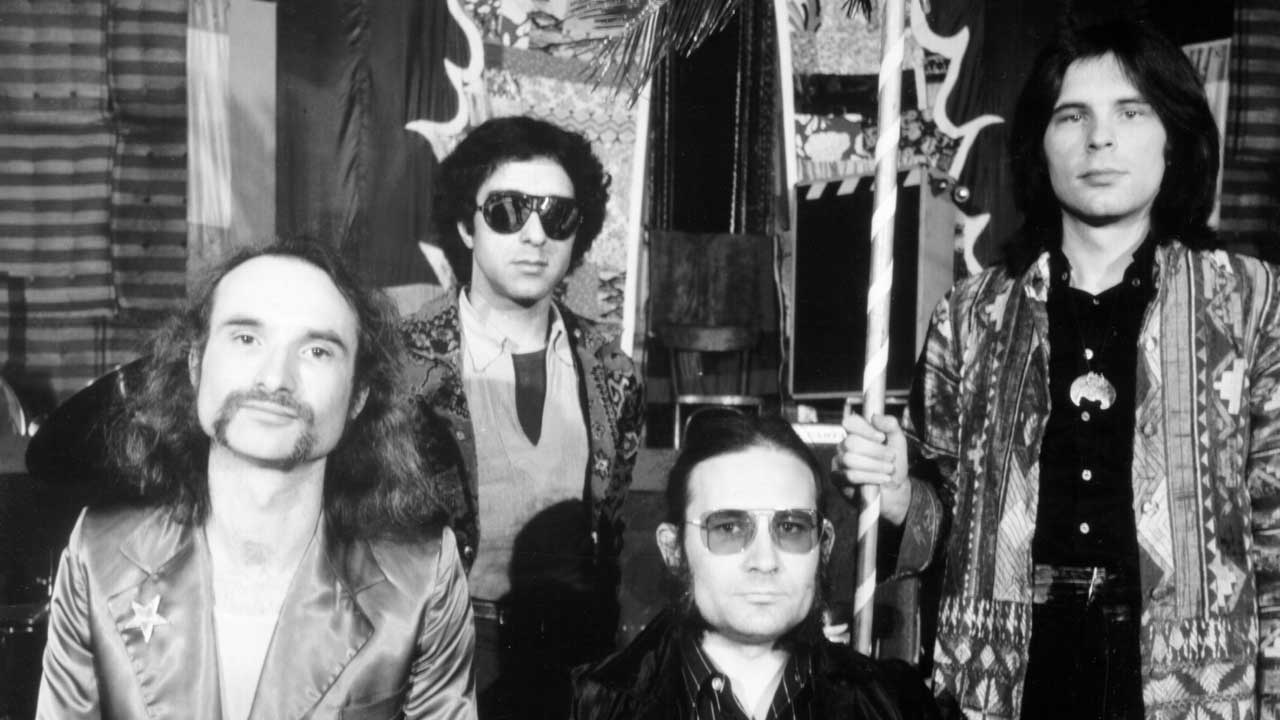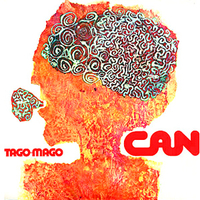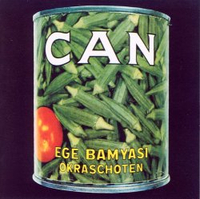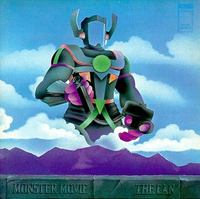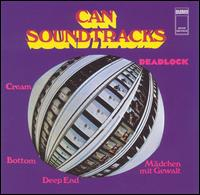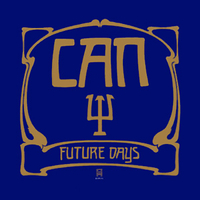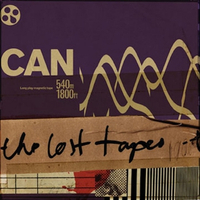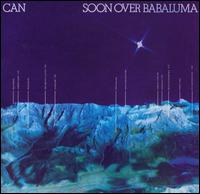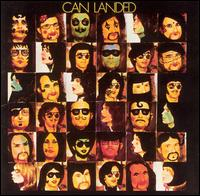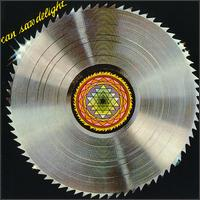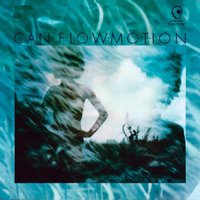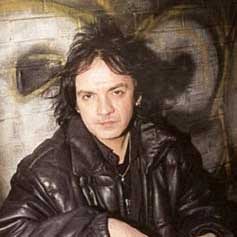More than 50 years after their debut, Can still sound like no other band on the planet. Their run of albums in the early 70s contained some of the most mysterious but influential music ever made, shaping the taste of everyone from John Lydon and Jaz Coleman to Primal Scream and Sonic Youth.
Can were formed in Cologne in 1968 by classical pianist Irmin Schmidt and bassist/ studio scientist Holger Czukay – both former students of pioneering composer Karlheinz Stockhausen. Schmidt had spent time in New York, hanging with the avant-garde elite before being ‘corrupted’ by the dark onslaught of the Velvet Underground. He returned to Germany on a mission to merge the two styles.
Joined by free-jazz drummer Jaki Liebezeit, 19-year-old guitarist Michael Karoli and volatile NY artist Malcolm Mooney on vocals, they thrashed out music for hours rather than writing songs.
Czukay captured these ‘instant compositions’ on two-track tape, recording every sound. Predating modern studio techniques, they edited together the moments when telepathic alchemy created what Schmidt described as “a mighty, pulsing organism”.
At first they called themselves Inner Space, then The Can, before settling on Can, which Liebezeit said stood for Communism, Anarchism and Nihilism. After DJ John Peel hammered mesmerising 1969 debut Monster Movie, they became the most revered German psychedelic band, along with Kraftwerk whose hi-tech blueprint was the opposite to Can’s aural anarchy.
When Mooney’s mental health forced his departure in 1970, the improvisations of his replacement, Japanese street singer Kenji ‘Damo’ Suzuki, drove the music even further out. Following Suzuki’s departure in late 1973, Can began exploring even more disparate styles, including ambient and world music, before splitting in 1979.
“In the very end, we were not listening to each other, which was actually giving up the main thing, the heart, the soul, of Can,” Schmidt explained. The band reunited briefly with Mooney in 1986 and recorded a new album, Rite Time, but Karoli’s death from cancer in 2001 put paid to any future reunion. Czukay and Liebezeit both died in 2017, Suzuki in 2024.
Can’s supernova may have flamed for only a few albums, but it left behind one of the most fascinating bodies of work in music.

...and one to avoid
You can trust Louder Our experienced team has worked for some of the biggest brands in music. From testing headphones to reviewing albums, our experts aim to create reviews you can trust. Find out more about how we review.
